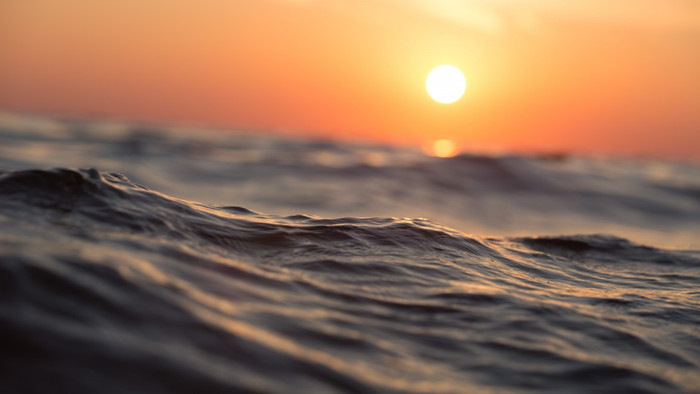Challenges faced by seawater electrolysis hydrogen production technology
Challenges faced by seawater electrolysis hydrogen production technology – Cheersonic
At present, seawater electrolysis for hydrogen production is the most mature technology to directly use seawater to produce hydrogen. Although good progress has been made, the current research is still in the early stage and still faces some key challenges:
First, for seawater electrolyzers, the complex composition of natural seawater, such as dissolved ions, bacteria/microbes, and impurities/sediments, etc., inevitably leads to a decrease in the efficiency of catalysts or corrosion of electrolyzer components. Therefore, filtration/purification of seawater is necessary for direct seawater electrolysis.
Second, the long-term durability of HER and OER electrocatalysts is also one of the challenging tasks because the active sites are susceptible to poisoning or clogging during seawater splitting. In this regard, the use of suitable membranes to isolate catalysts from ions in seawater, or the development of catalysts with corrosion resistance, are potential solutions to this problem.

Third, OER selectivity in seawater electrolysis is greatly challenged by competition. To overcome this competition, the use of alkaline seawater electrolytes, the development of catalysts with OER-selective active sites, or the use of chlorine barriers on the catalysts are currently effective solutions.
Fourth, in order to deeply understand the reaction mechanism of seawater splitting, it is necessary to develop advanced characterization techniques such as in situ microscopy, spectroscopy, and chromatography. Furthermore, there is an urgent need to study the catalytic behavior of electrocatalysts under practical working conditions by combining in situ characterization and theoretical calculations.
Fifth, the current research on seawater splitting is mainly limited to the laboratory level. To meet the requirements of industrial-scale hydrogen production, design and scale-up of new electrolyzers for seawater electrolysis, as well as the development of suitable catalysts, still require a lot of work, and drawing on the successful experience of industrial freshwater separation systems has the potential to speed up this process.
In order to solve the above problems, in the future, high-performance HER/OER catalysts will be developed through nano-engineering, surface and interface engineering, doping, coating, and theoretical calculation-assisted exploration of active sites, as well as selective permeation, covering passivation layers, purification, seawater. The use of steam and other methods to avoid the interference of seawater ions and impurities on the electrolysis reaction, as well as the amplification of seawater electrolysis hydrogen production will further promote the development of seawater electrolysis hydrogen production technology.
Article source: Energy Planet
Cheersonic is the leading developer and manufacturer of ultrasonic coating systems for applying precise, thin film coatings to protect, strengthen or smooth surfaces on parts and components for the microelectronics/electronics, alternative energy, medical and industrial markets, including specialized glass applications in construction and automotive.

